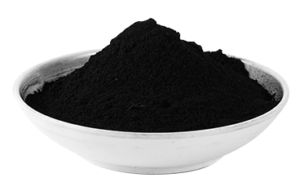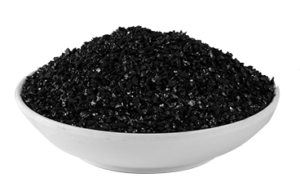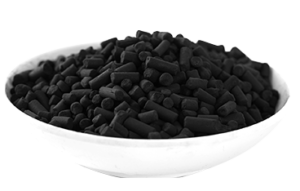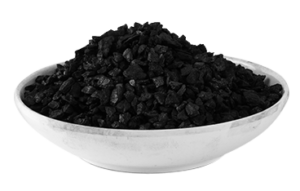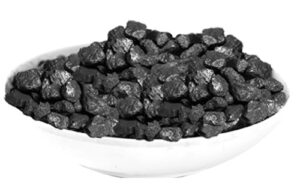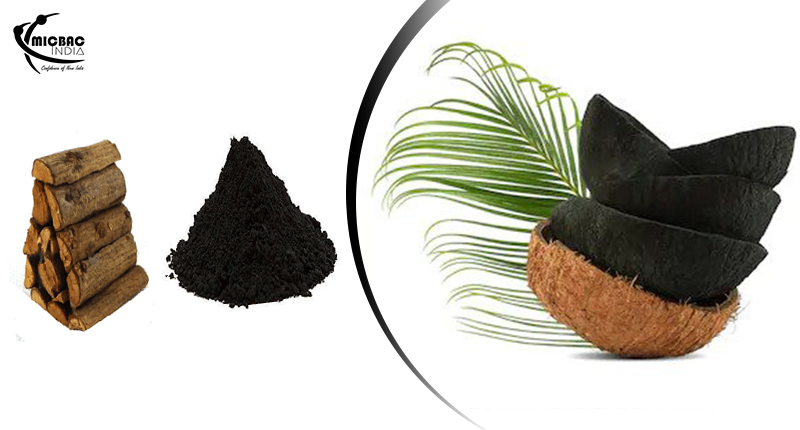Activated carbon is being manufactured by making use of different raw materials. Among them, the most commonly used materials include coconut shells, wood, and charcoal. Usually, activated carbon is produced by heating these raw materials until they turn into char. After that, it is activated or treated by making use of various techniques in order to boost its absorbency.
Activated carbon is naturally porous and negative charge, so it was originally used in the healthcare industry to absorb toxins and poisons from the body of patients. Nowadays, although activated carbon is being used for internal detox occasionally, it can be seen in soaps, facemasks, water purifiers, teeth whitening products, as well as in odor-control products.
Activated carbons are coordinated to the suitable application based on the characteristic differences of raw materials. These raw materials may have different characteristics in terms of,
- Hardness
- Density
- surface areas
- Ash
- Pore sizes
- Extractables
- pH
Coconut Shell-Based Activated Carbon
When it comes to this type of activated carbon, the coconut shells make the product highly useful in the gas and oil industry due to its high filtering efficiency. This is for the reason that a maximum of 90 percent of the surface area of the coconut shell-based activated carbon is made up of micro pores. The size of these very small micro pores is approximately the same as many pollutants, which logically advances the skill of coconut shell-based activated carbon to capture impurities.
Some of the valid reasons for the extreme popularity of coconut shell-based activated carbon in the oil and gas industry include:
- Coconut shell-based systems are capable of offering exceptional mechanical strength as well as resistance to wearing and abrasion, thanks to the huge surface area of micro pores.
- Coconut shells are proven to be a renewable resource of carbon.
- Procurement of these shells is easy and quick, as they are readily available all through the year.
Above all, coconut trees have the ability to live for many years if they are properly maintained.
Charcoal-Based Activated Carbon
Activated carbon, which is prepared from coal, is considered more efficient than the one prepared from coconut shells. This is for the reason that it is capable of offering a considerable surface area with micro pores. However, the applications, as well as the efficiency of the charcoal-based activated carbon, mainly counts on the type of charcoal, such as bituminous, anthracite, or lignite, which is used to manufacture the product.
Activate carbon, which is prepared from Bituminous charcoal, will have a vast micro pore surface area, great impact resistance, high hardness, and easy regeneration.
Activated carbon, which is manufactured from Lignite charcoal, will usually possess pores that have a larger diameter than bituminous coal. This will provide it a greater pore volume of about 20%. Lignite is suitable for getting rid of chemical compounds that have large molecular weight.
When it comes to Anthratics-based activated carbon, it is made through different processes, such as mixing, crushing, extrusion, carbonization, and steam activation. Anthratics is extensively used in gas-phase and liquid-phase purification absorption, owing to its mechanical rigidity and huge surface area.
Wood-Based Activated Carbon Activated carbon that is prepared from wood offers outstanding filtration. However, the main drawback is that this type of product is less efficient when compared to the efficiency of the other two types of activated carbon. This is for the reason that wood-based activated carbon does not include macro and meso pores, thus, making it less efficient in capturing bigger molecules.

